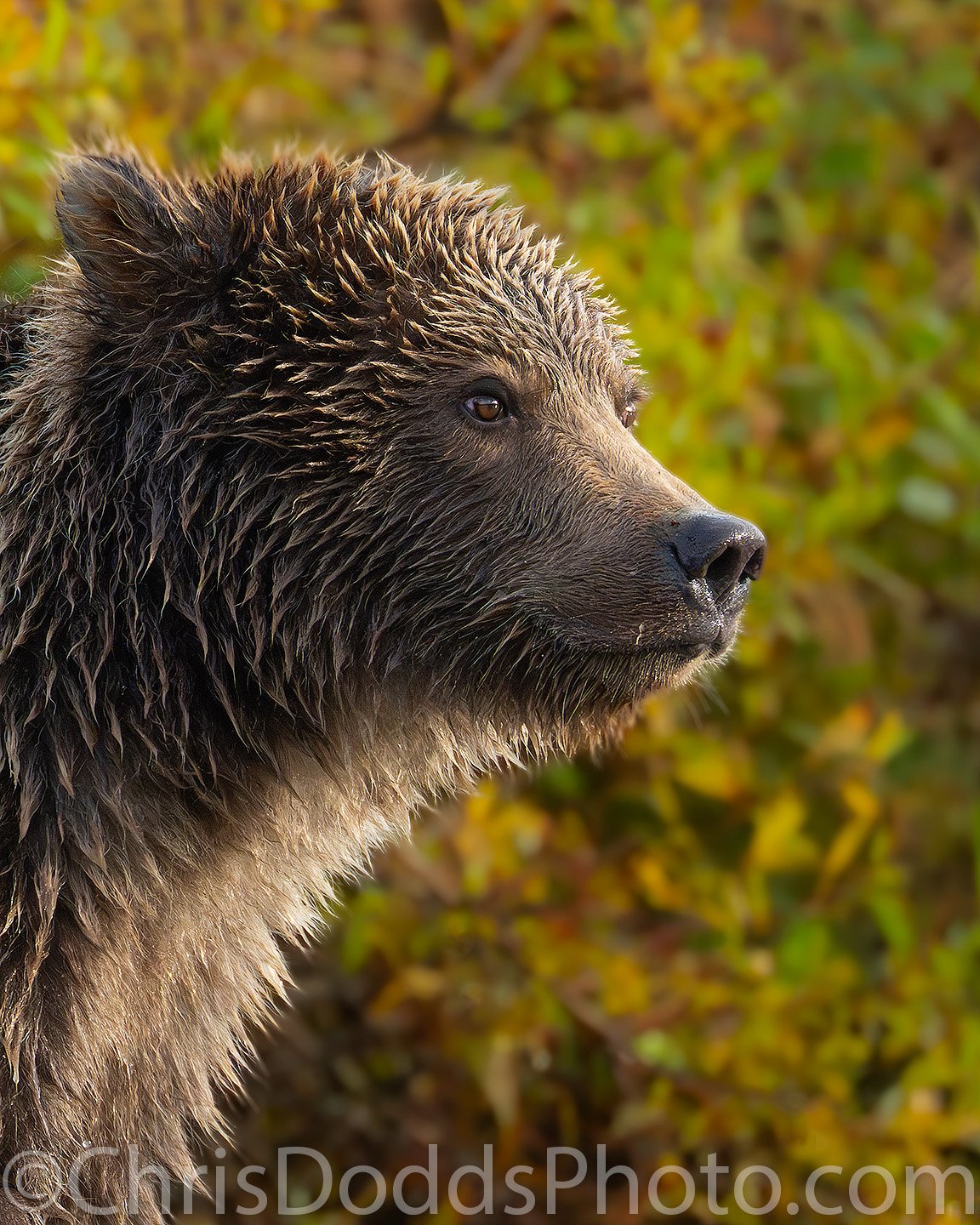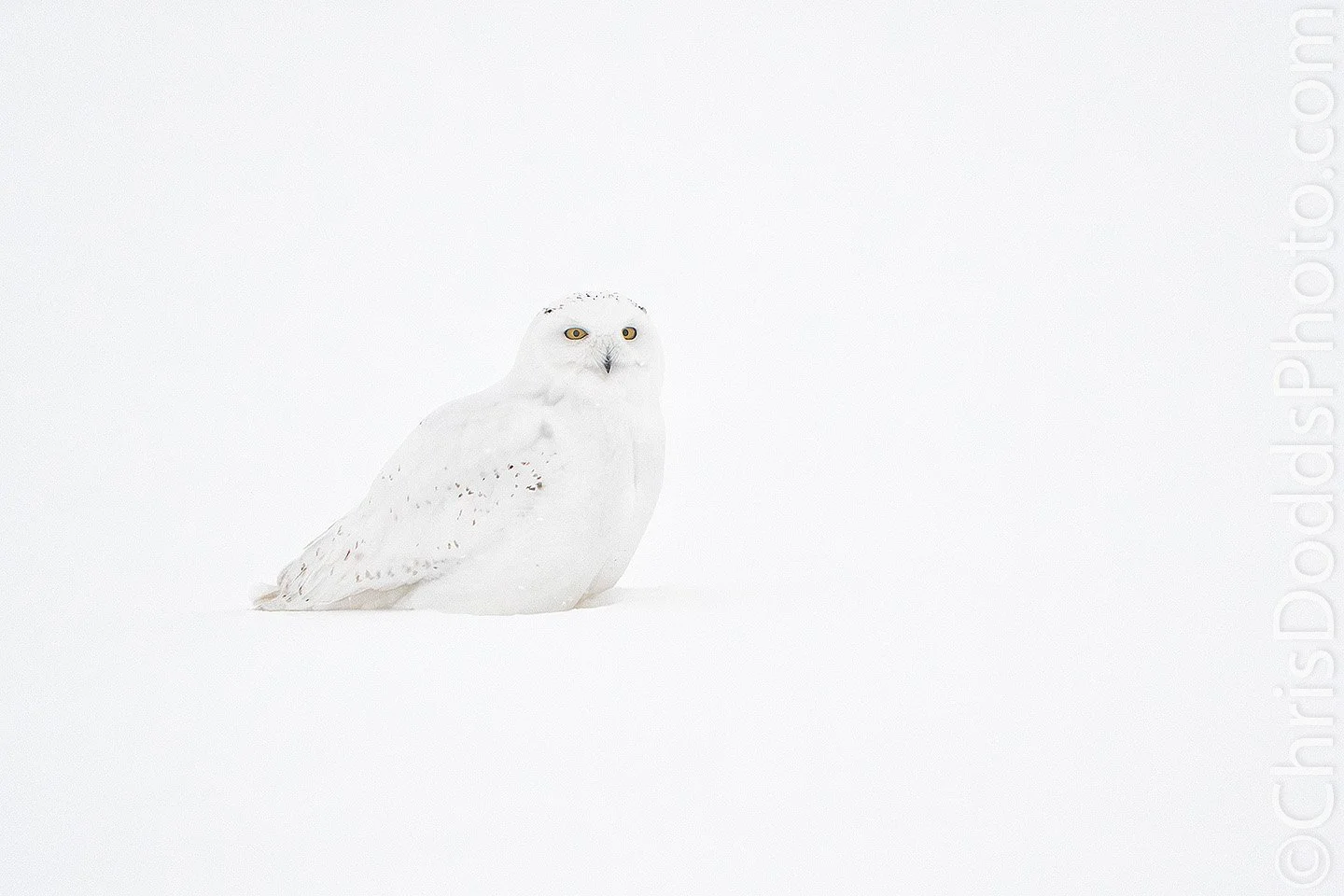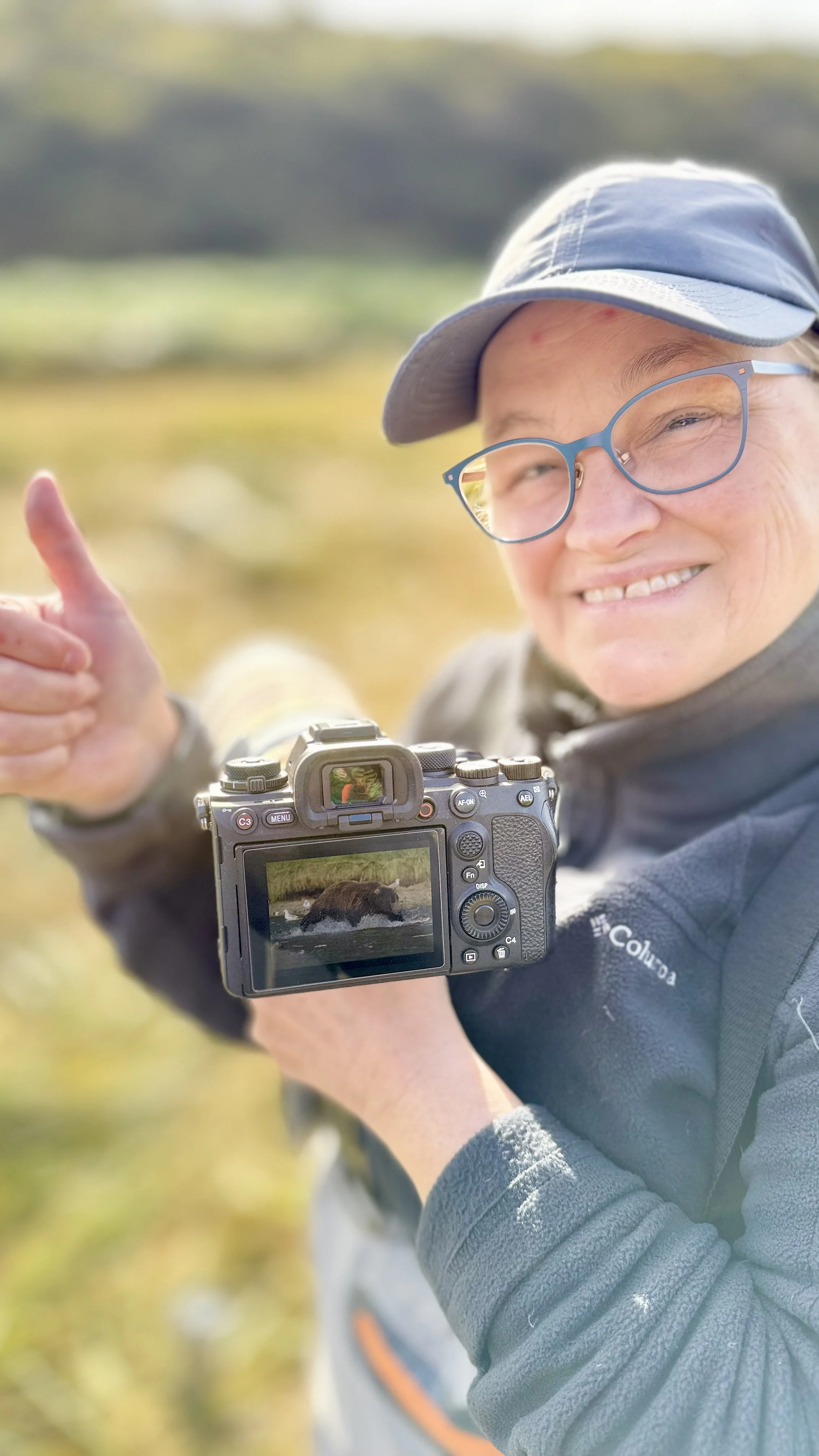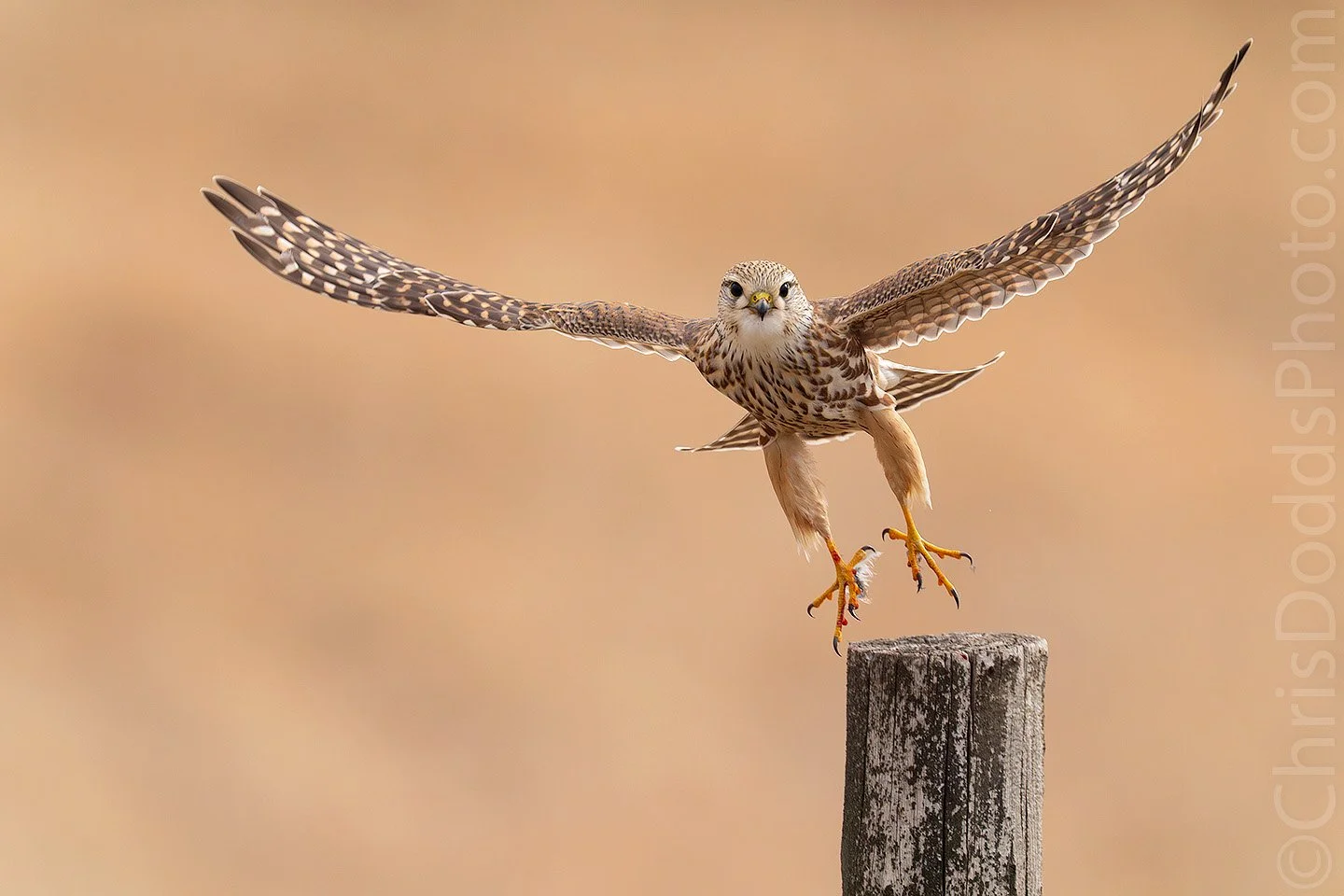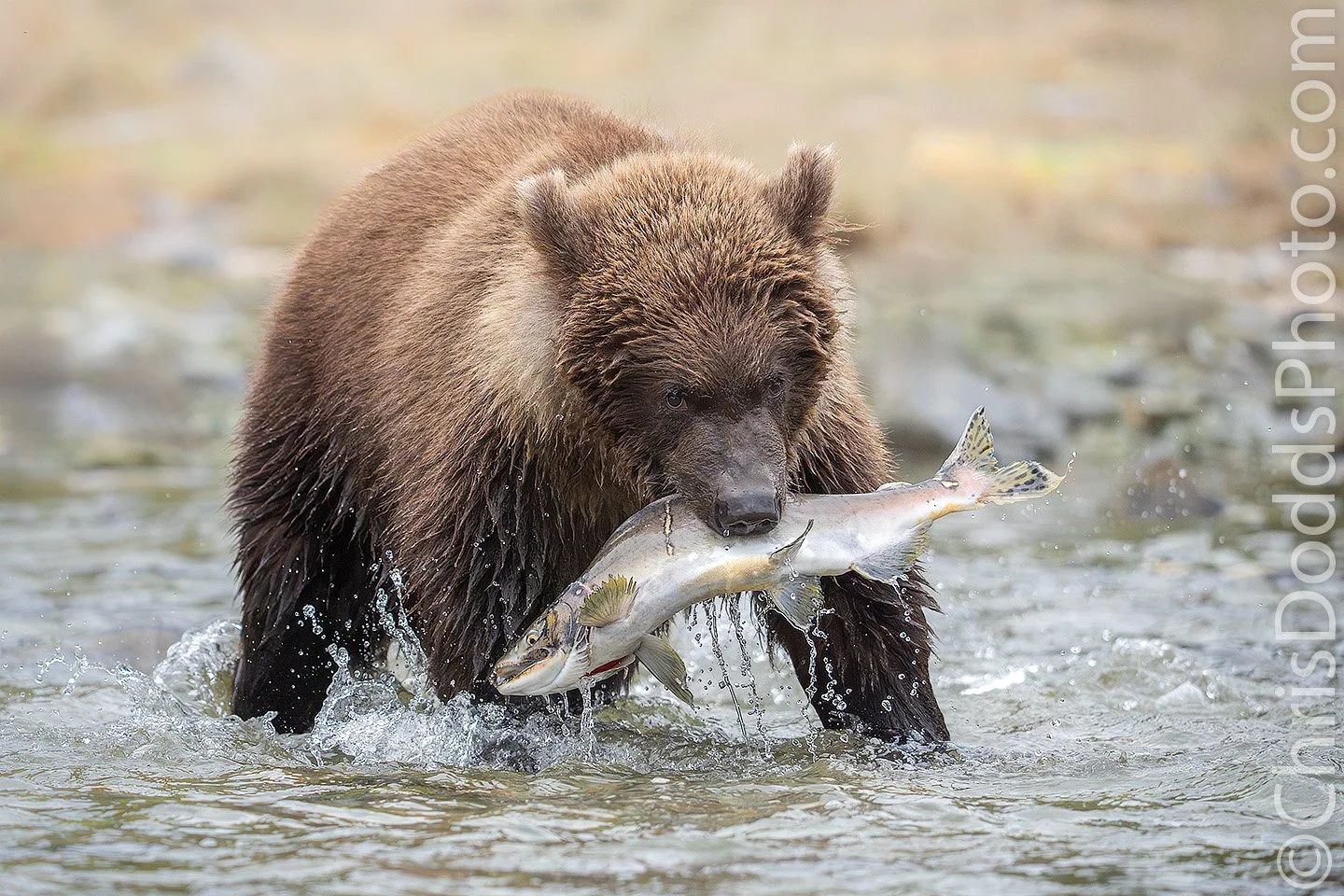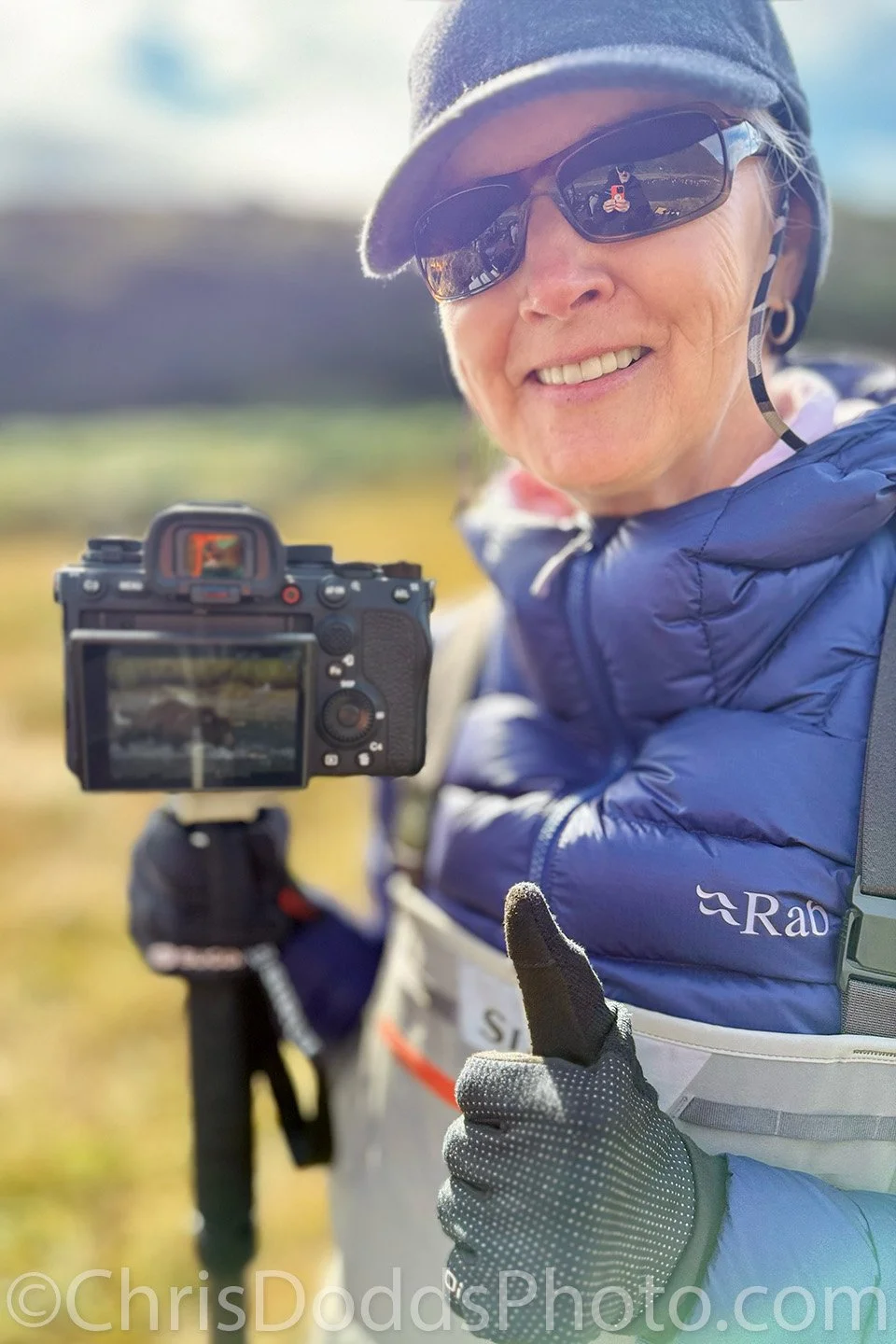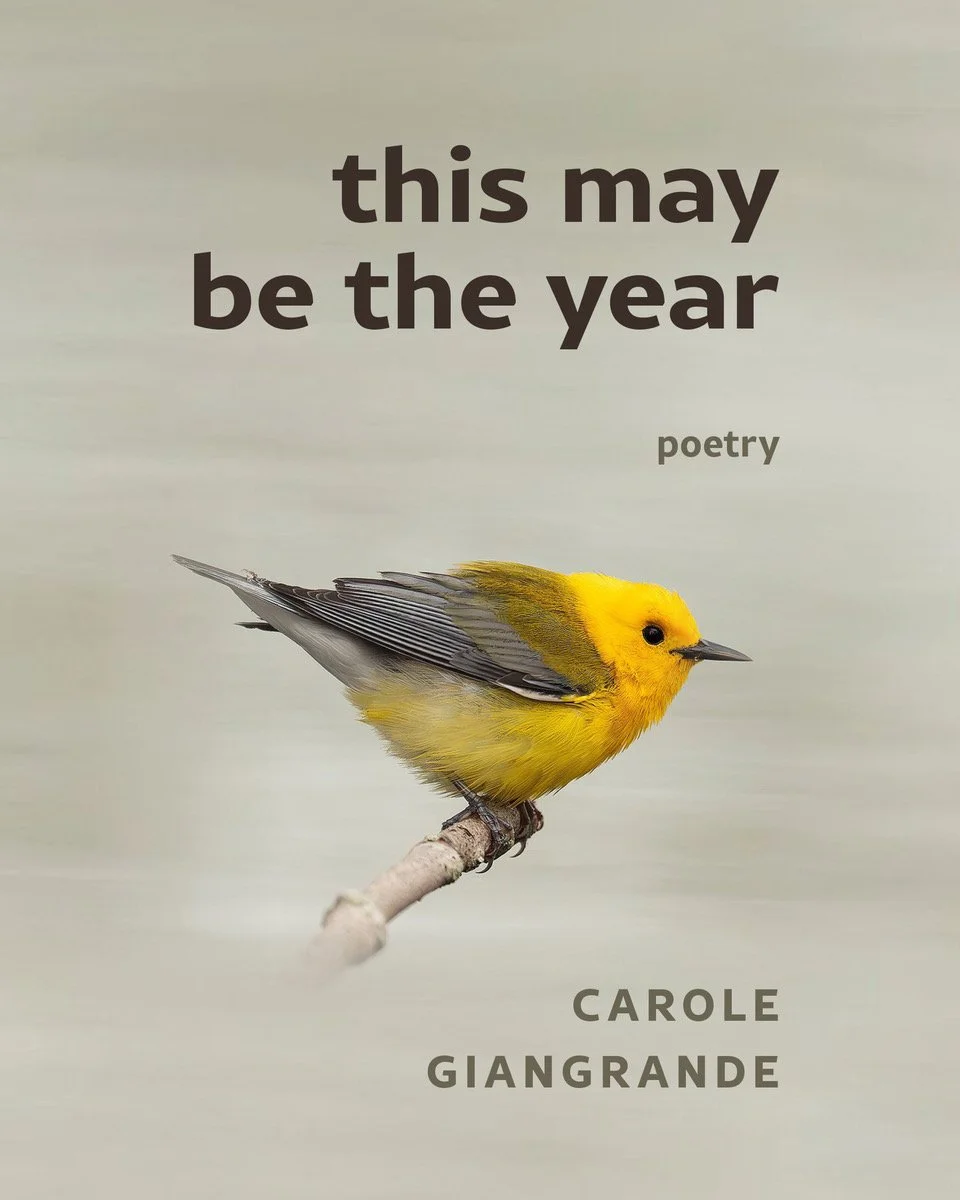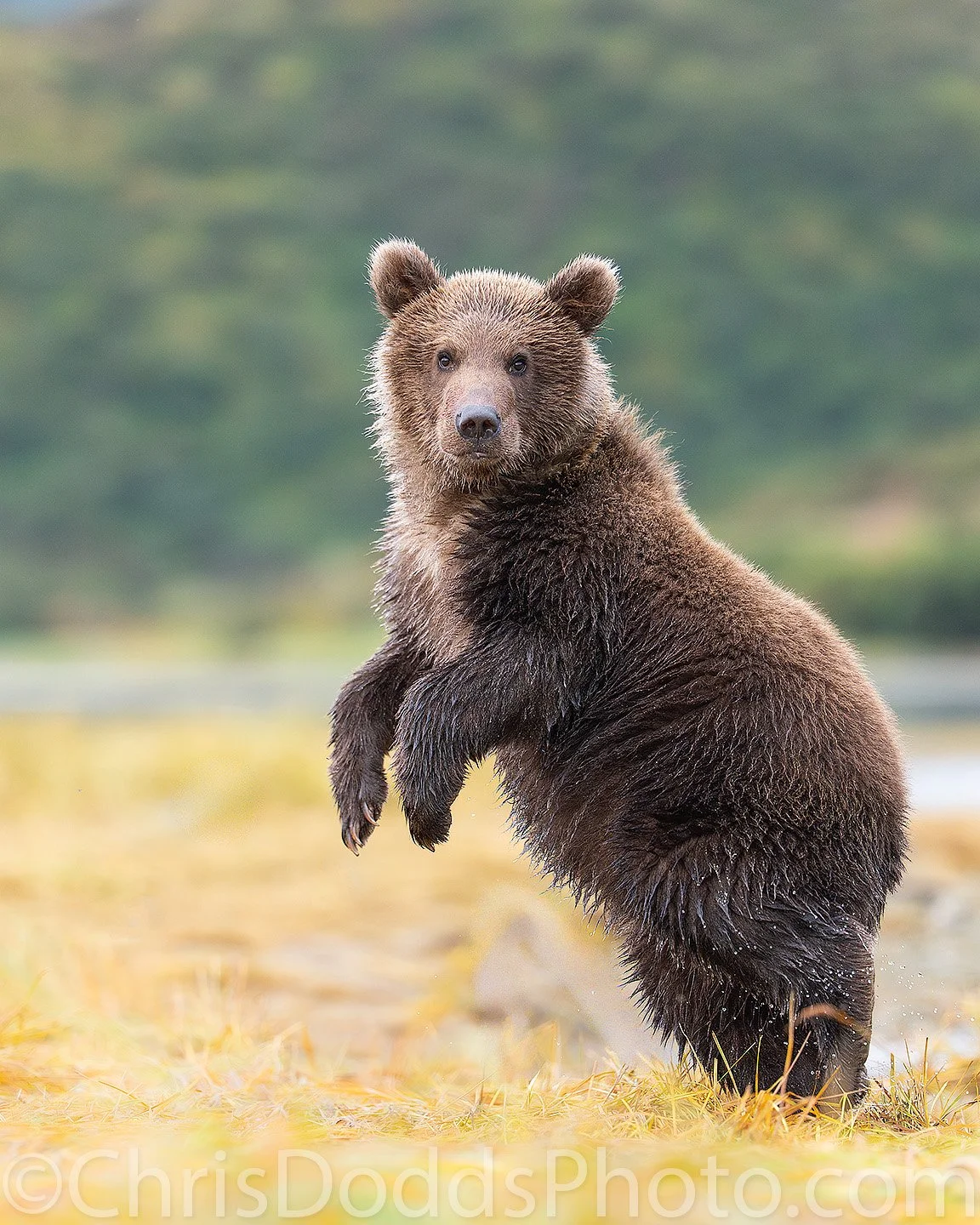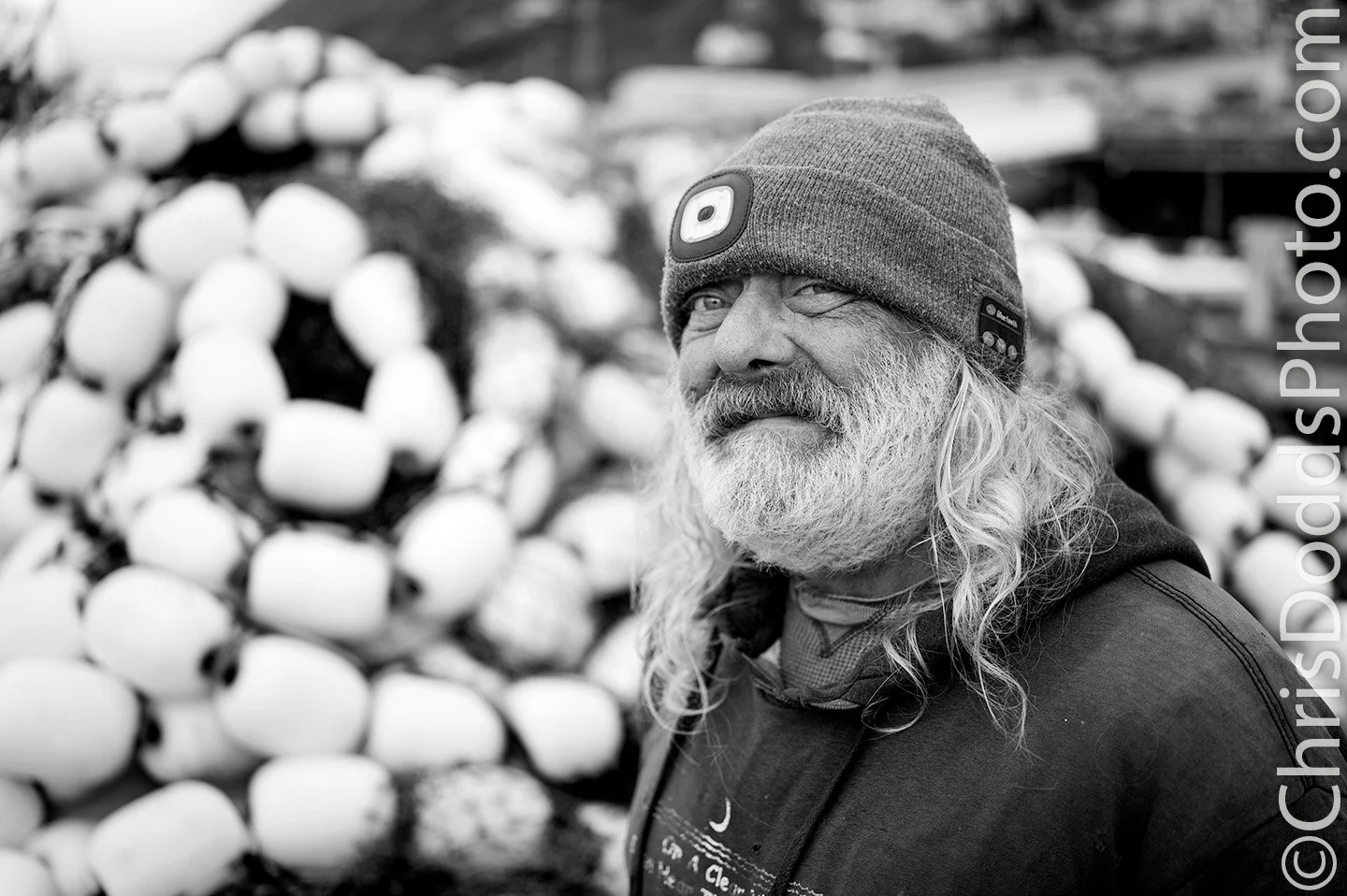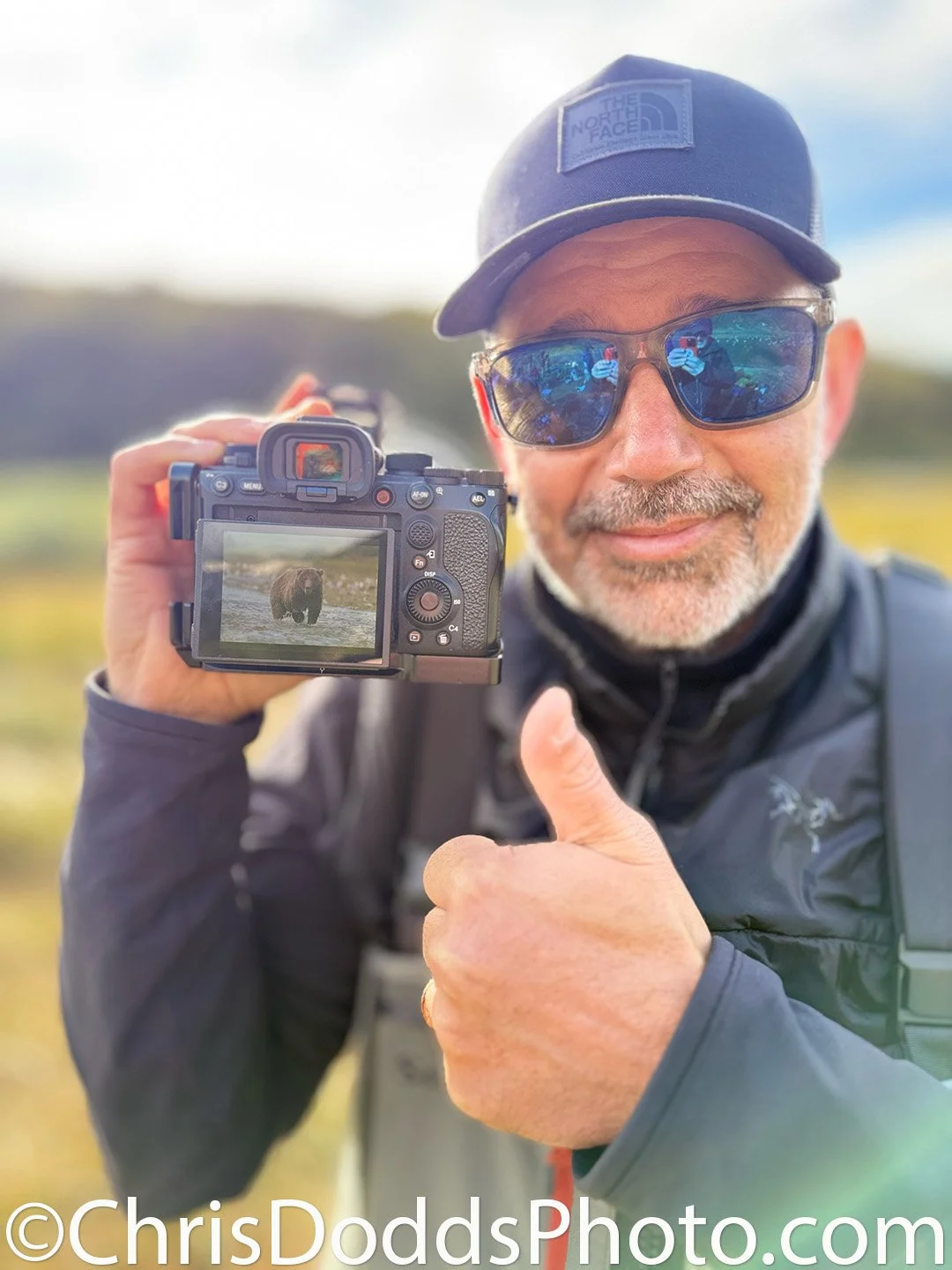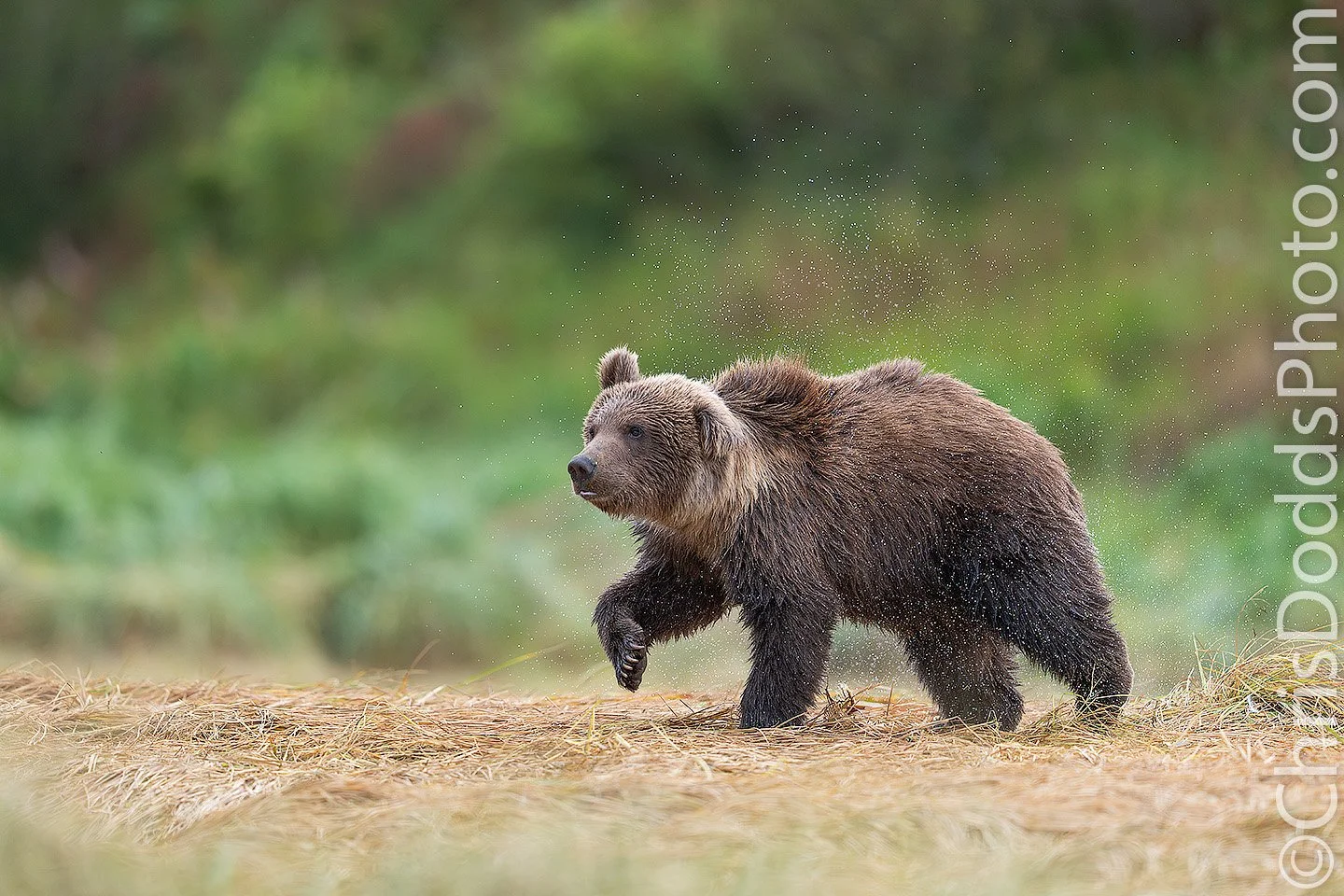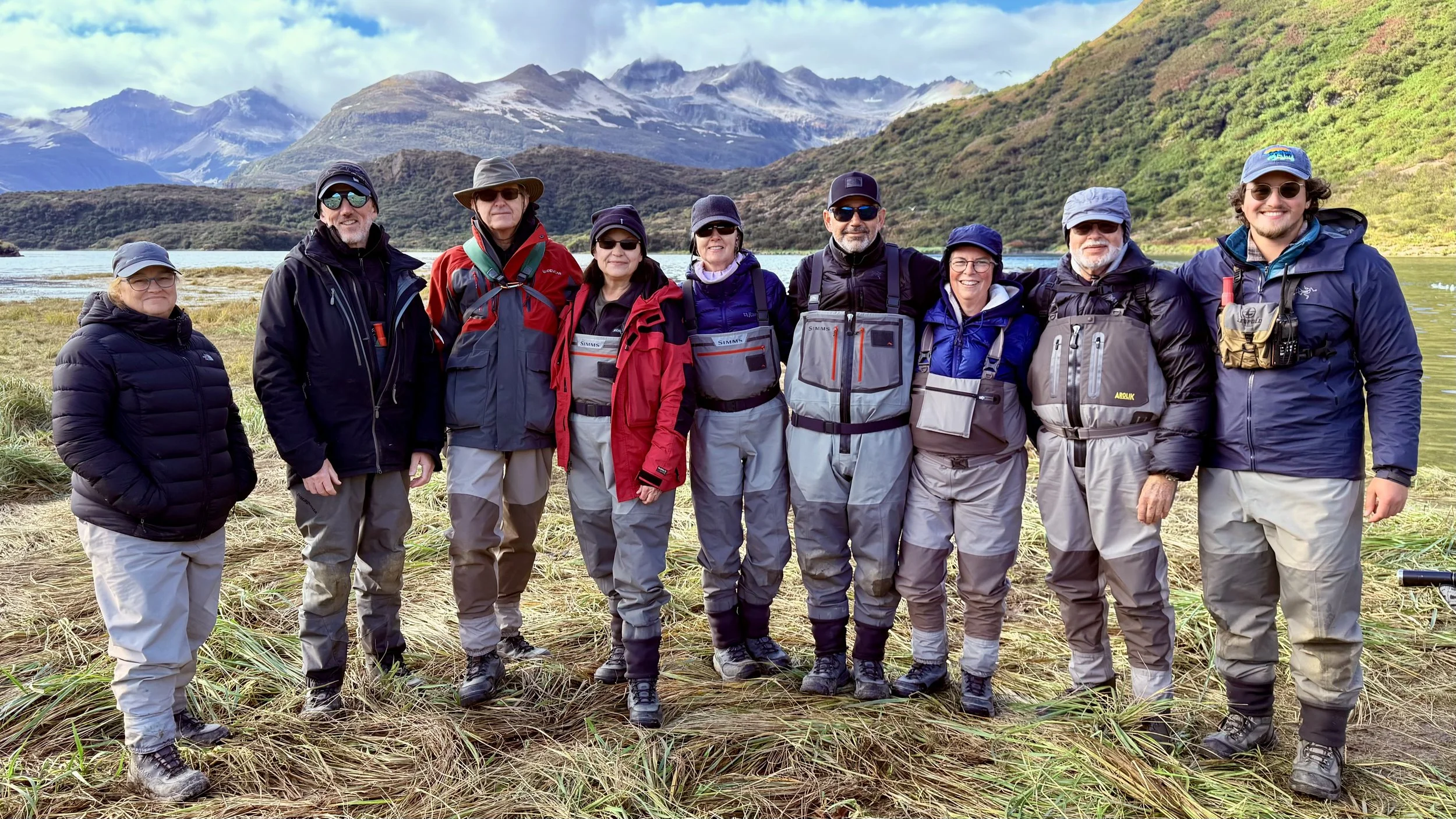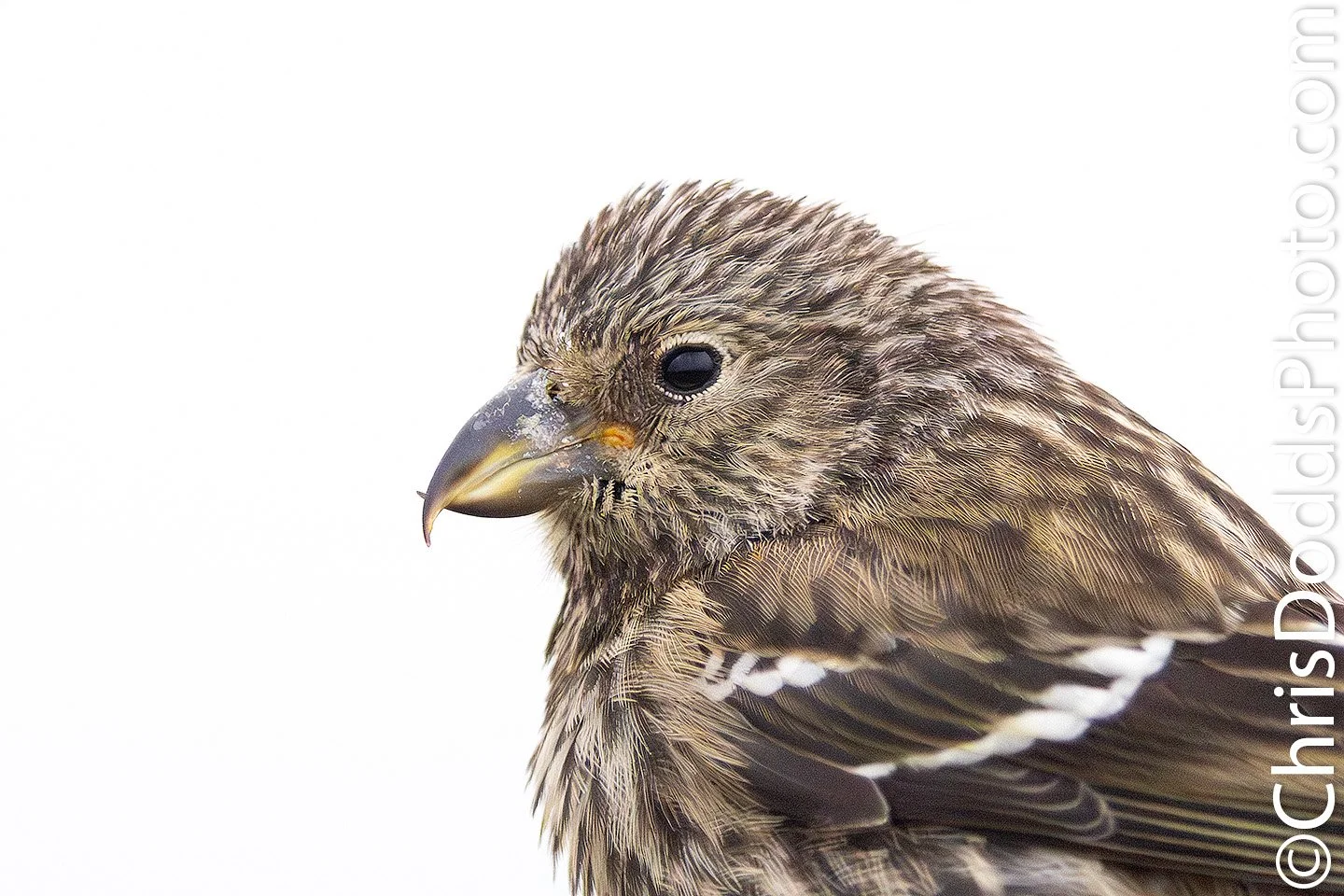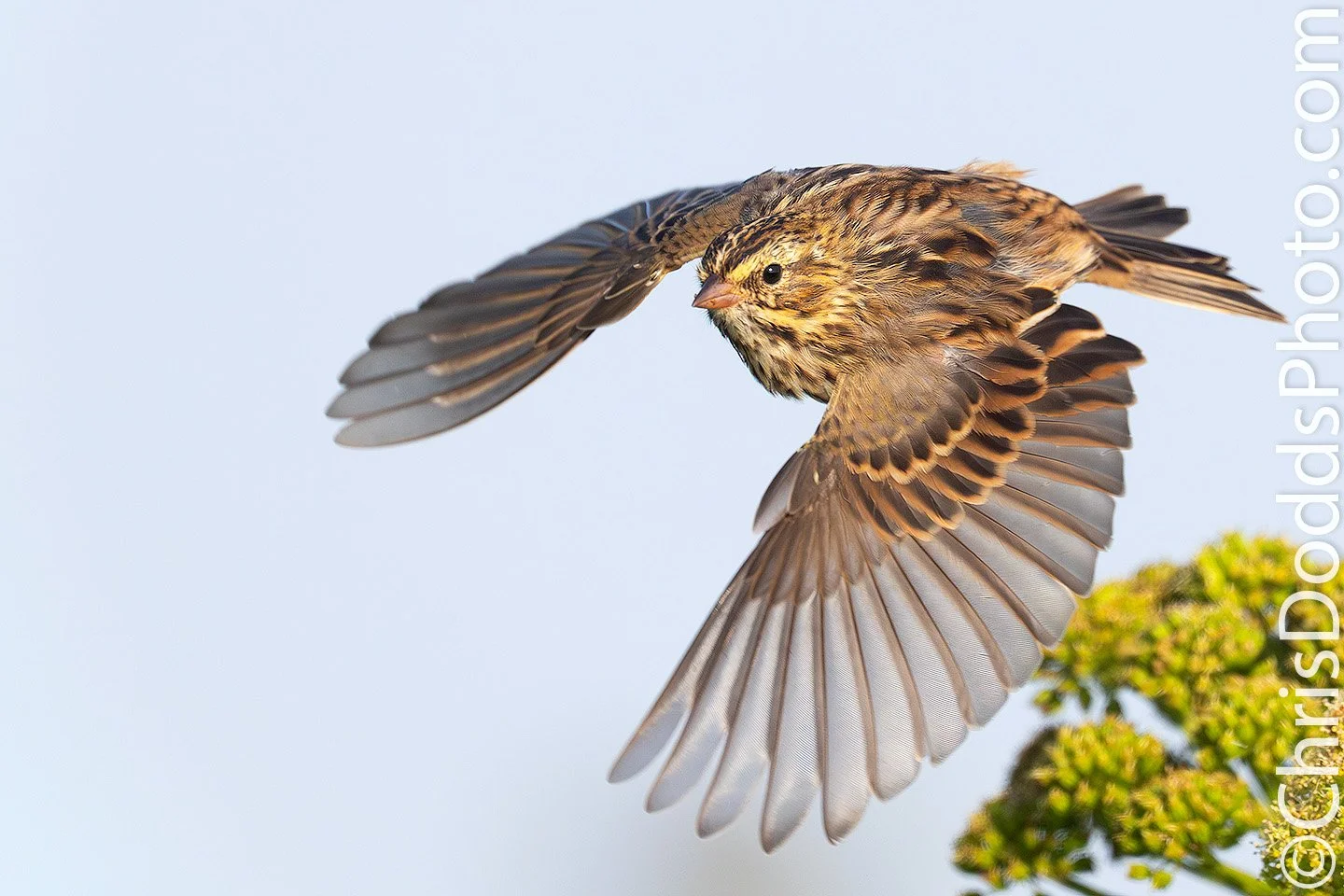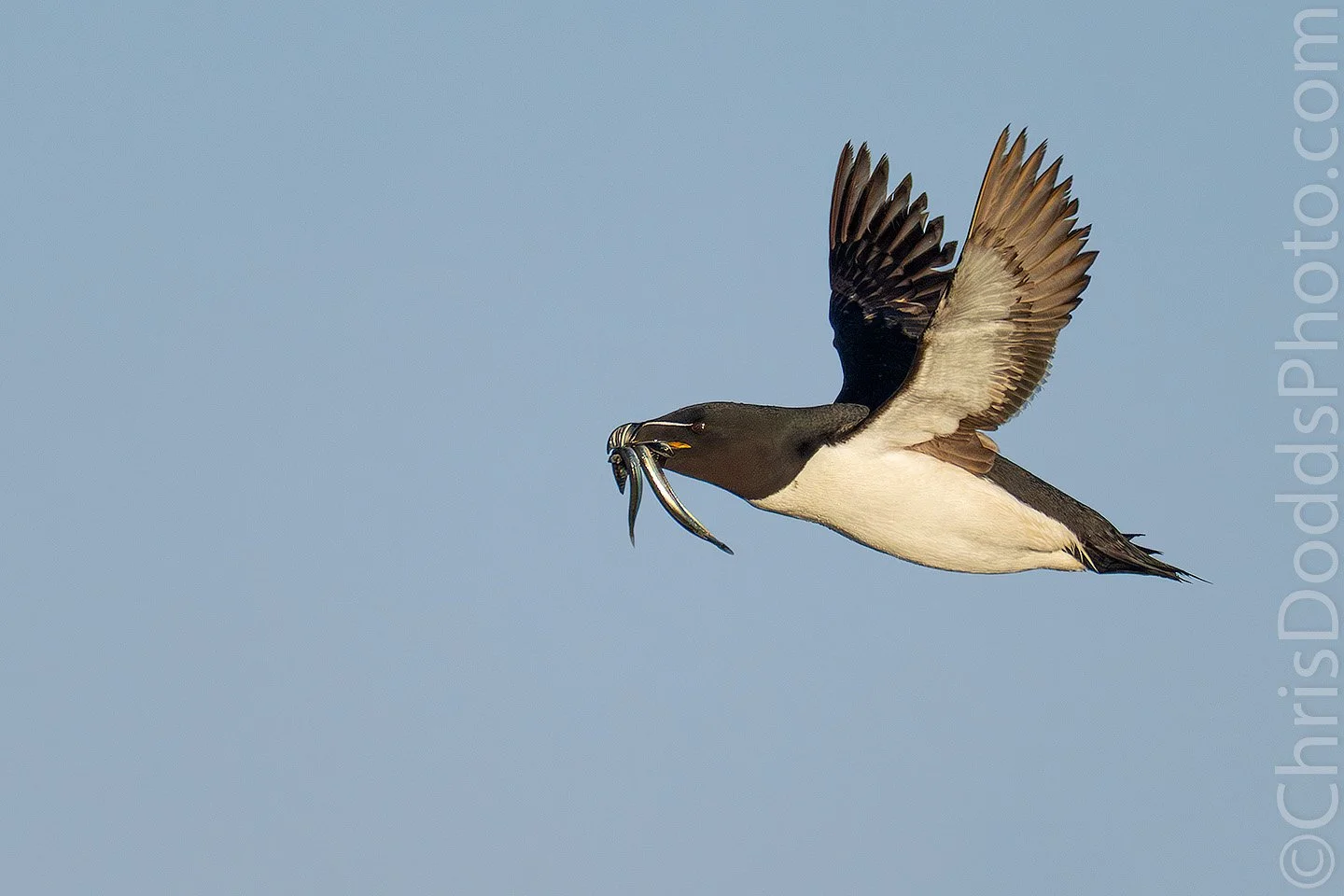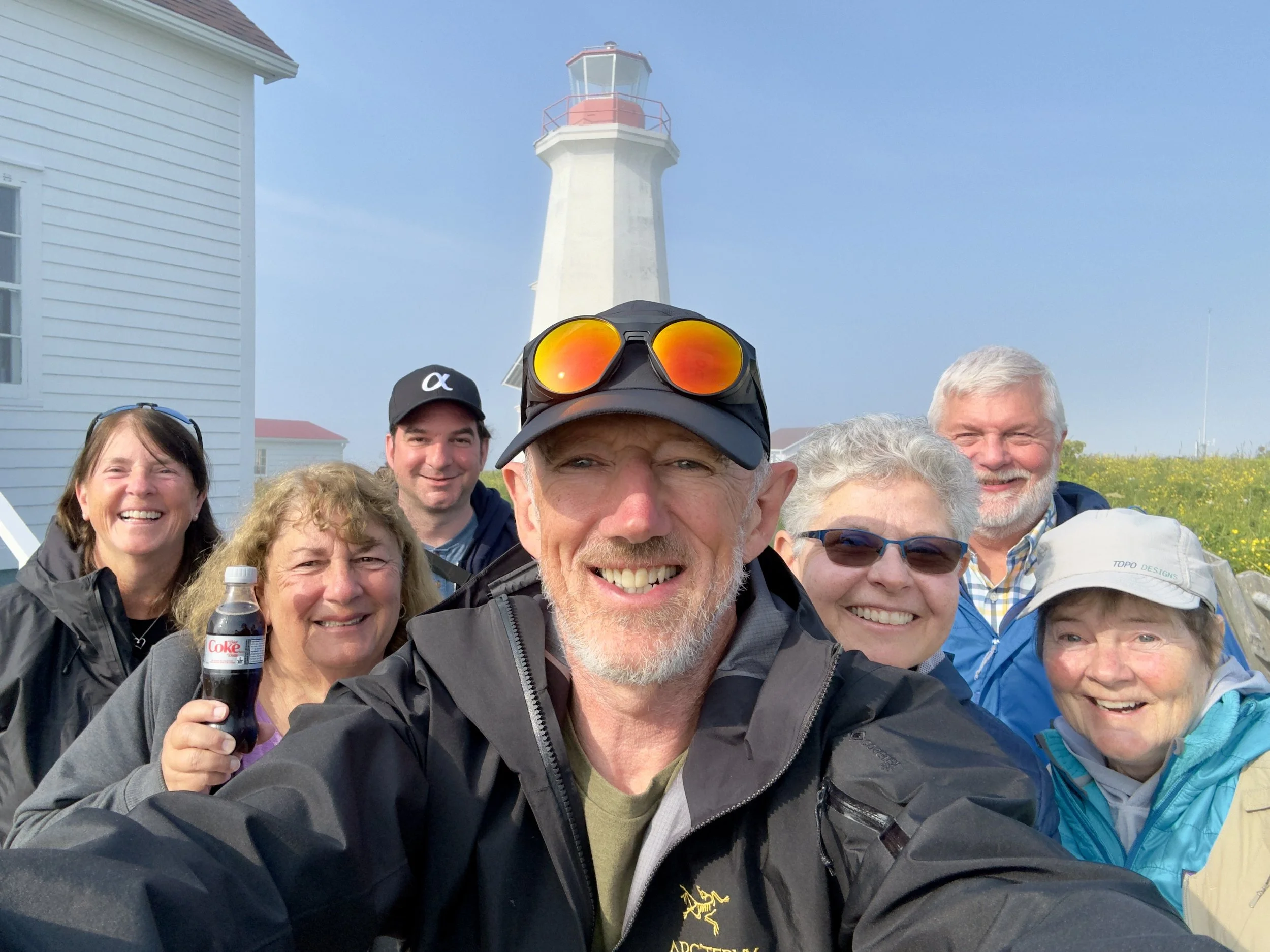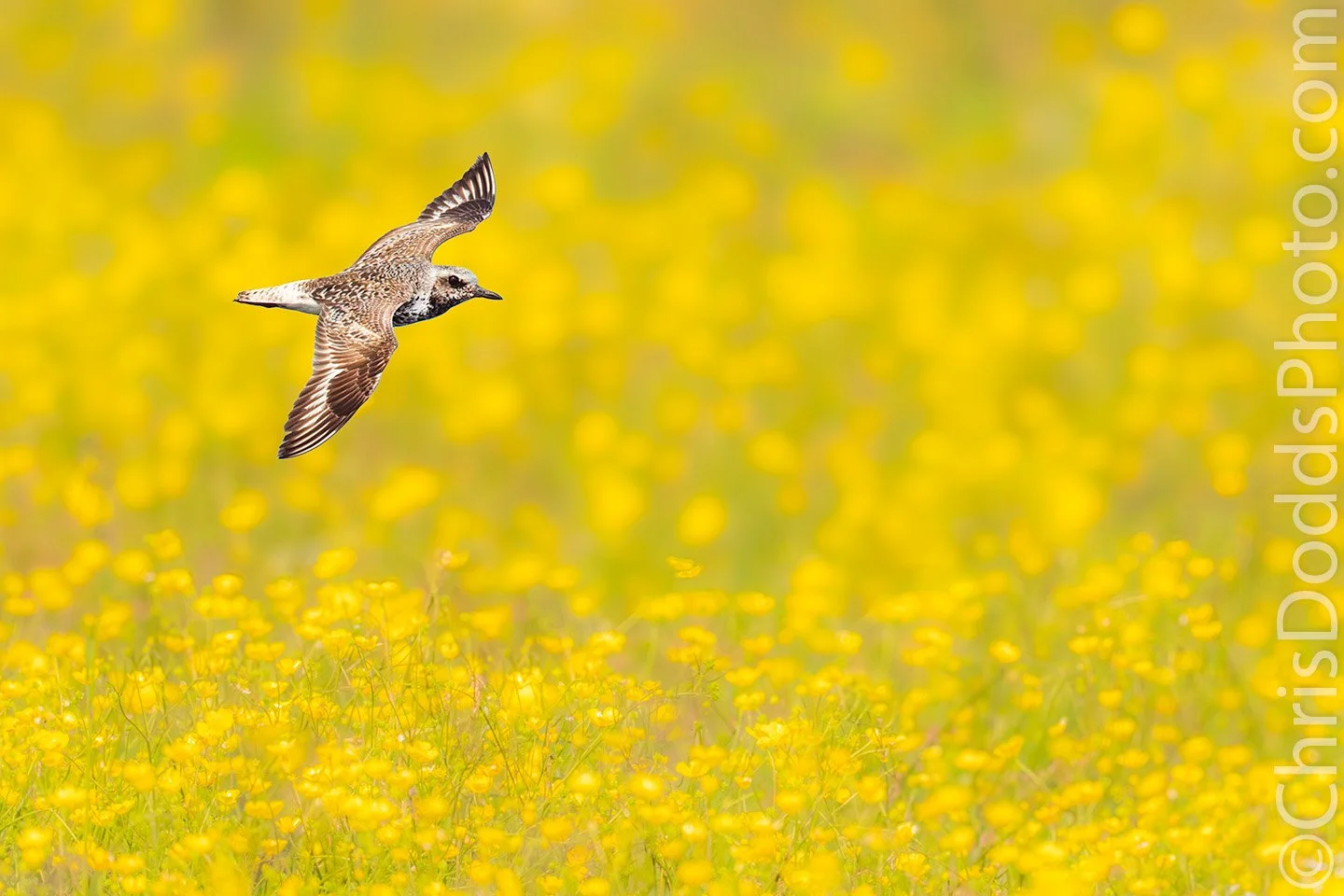One thing Katmai never fails to teach—no matter how many years I spend guiding workshops —is the value of patience and respect. We don't chase photographs there; we wait for them. We stay seated, calm, and predictable so the bears can go about their lives without a second thought about us. And it's often in that stillness that the most intimate moments appear.
This young brown bear cub had been exploring and moving away from its mother, carrying that wonderful mix of caution and curiosity you only see in bears discovering the world for the first time. The light that afternoon wasn't dramatic or golden—it was clean, soft, and just bright enough to create a gentle backlit edge on the cub's wet fur. Subtle light like this is often my favourite to work with. It doesn't shout drama; it whispers intimacy.
Because we remain seated when bears come close, I couldn't reposition or search for a "better angle." Instead, I embraced the one I had. That limitation—ironically—can be a gift. When you can't move, you start paying closer attention to small shifts: the direction of the bear's gaze, the texture in the coat, the separation between subject and background. You begin crafting the image with what the bear offers you, not what you wish you had.
Technically, I stayed in manual mode, as I always do. It gives me complete control over how the mid-tones fall and how much detail I keep in those fur highlights. With a lightly backlit subject, I exposed carefully to retain the texture of the wet fur. The light wasn't dramatic, but it had shape—and that's what makes an intimate portrait possible.
What I hope participants take home from My Ultimate Brown Bears of Katmai Workshop is this: intimacy comes from respect, patience, and working with the conditions you're given. You don't always get spectacular light or dramatic behaviour. But when you stay present, grounded, and ready, even a quiet moment with a curious cub can become a portrait that stays with you long after you leave Alaska's rugged coast.
If you’re looking to strengthen your wildlife photography, refine your use of natural light, and work closely with bears in a respectful and ethical setting, consider joining my next Ultimate Brown Bears of Katmai workshop. Only two spaces remain, and they won’t last long.
OFF TOPIC: STREET PHOTOGRAPHY Distant Gaze
Every now and then, street photography hands you a moment you never actually set out to capture—it just unfolds in front of you. This frame was one of those chance encounters, grabbed from the hip while wandering through Old Montreal on October 31.
The rain had slicked the cobblestones, and that soft, gray, late-October light gave everything a quiet, muted mood. Amid the cars rolling by and the faint streaks of falling rain, she was perfectly still—half tucked into the shadows, eyes somewhere far beyond the street. It wasn’t about the direction of her gaze, but the feeling of absence behind it, as if she was standing in two places at once.
Shot in the wide, cinematic X-pan aspect ratio, the scene stretches out just enough to let you breathe in the atmosphere. The extended frame gives the moment space—space to wonder, space to imagine, space to linger in whatever story might be unfolding just outside the edges.
It’s one of those images that offers more questions than answers, a reminder of how powerful the quiet, ambiguous corners of everyday life can be. Sometimes the most compelling photos are the ones that simply let us look, pause, and drift for a moment.
